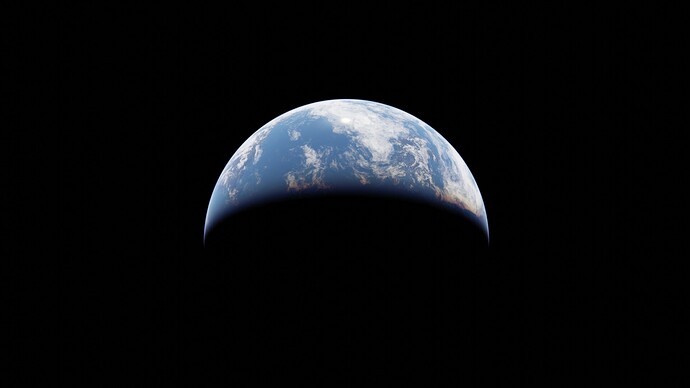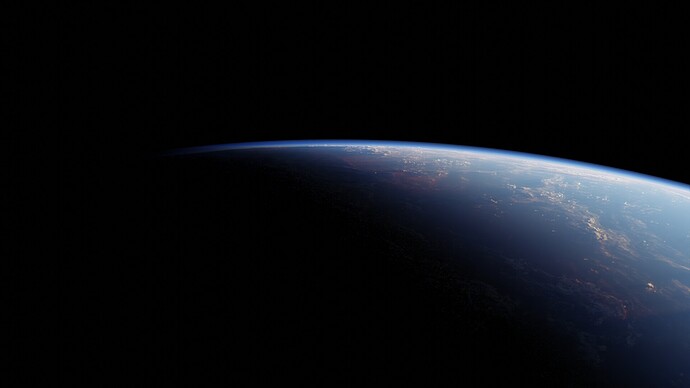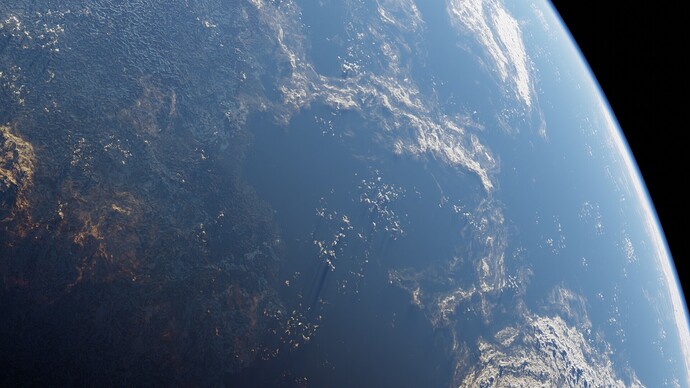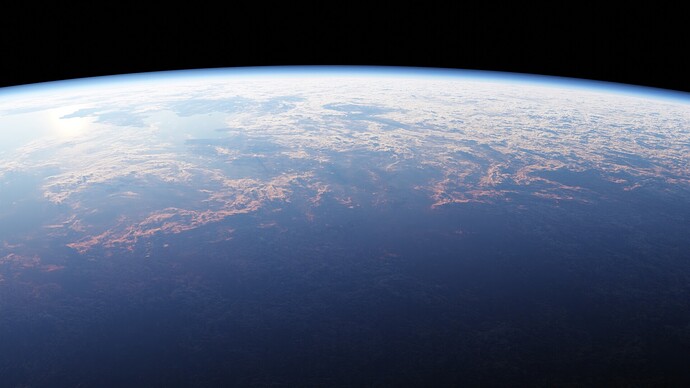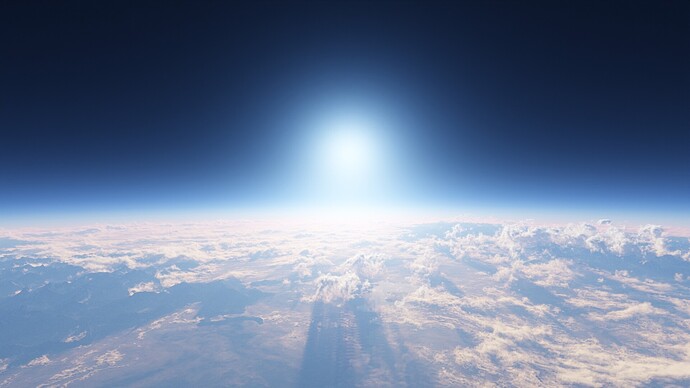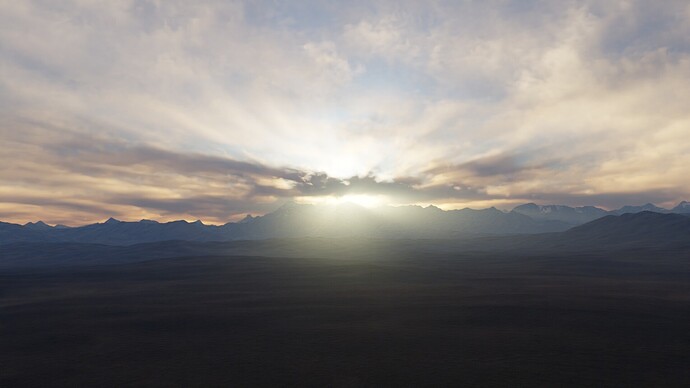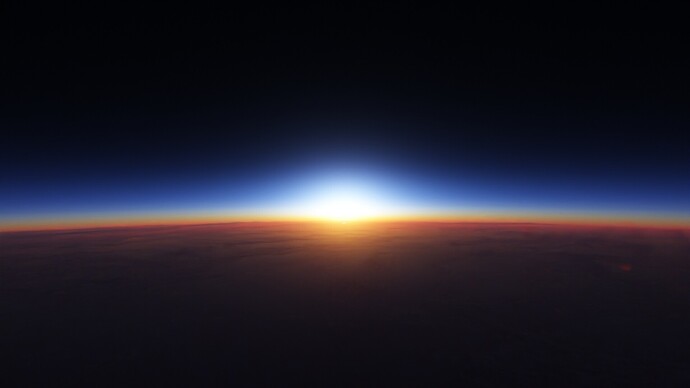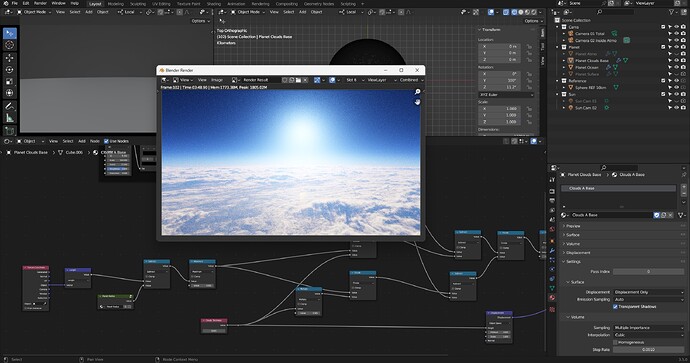Hello World!
The following raw renderings are the result of my feasibility study to create a fully procedural, earthlike world in Blender.
The biggest challenge for me was to create a procedural cloud system that gives credible results from space as well as within the atmosphere.
The project includes the following features:
- Atmosphere with realistic Mie- and Rayleigh-Scattering and ozone absorption
- Procedural generation of continents including all climate zones
- Credible topography
- Volumetric ocean (continents and islands rise from the water)
- Volumetric, procedural cloud system (in theory also animatable - assuming sufficient computing power and patience XD)
The render times are unfortunately exorbitantly high and are on average between 3-5 hours per image (Cycles at 512-1024 samples, Ryzen 3700x, GTX 1080ti).
Overall, there is certainly a lot of room for improvement in terms of photorealism, level of detail and efficiency. However, I have decided to end the project at this point, since I have already invested a disproportionate amount of time and energy - but in the end I could only make small progress.
I still hope that the current renderings can convince and I’m looking forward to your feedback.
All the best
Heikosch
Edit (April 24. 2023)
As promised, I would like to make my planetary cloud system available to anyone interested.
The principle is the following:
- Application on a sphere with planet diameter
- Scaling of the sphere to the altitude of the clouds (e.g. 2km height)
- Homogeneous displacement of the sphere around the max. cloud height (e.g. 6km cloud thickness)
- Masking of the gained area by cloud structures (cloud domain + isolated clouds)
Feel free to experiment with it or adapt it for your purposes. To achieve even more realistic results, it is also conceivable to use several layers of this system in different altitudes - provided you have enough computing power.
Please do not expect too much. The system is extremely inefficient in terms of render performance and also the node setup itself can be improved in many places.
Small hint:
For best results both from space and inside the atmosphere, I recommend to adjust the volume step rate according to the viewing distance in the material settings (0.01 to 0.001 → lower distance = lower step rate).
You can download the Blenderfile (v3.5) here:
https://1drv.ms/u/s!AiSO9B-8kYCFu94XHYPYDdB3WJ0PsA?e=tVI1GO
@bartv Unfortunately I was not able to upload the file directly here on blenderartists, because every time I tried the following message was displayed:
Sorry, there was an error uploading that file. Please try again.
Am I doing something wrong?

